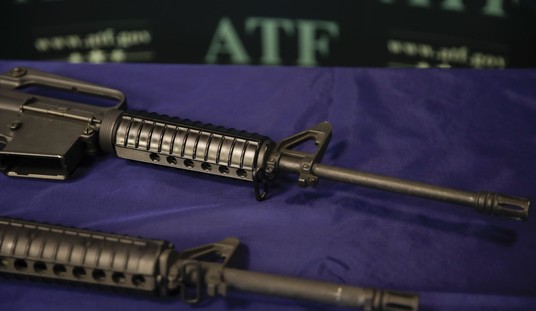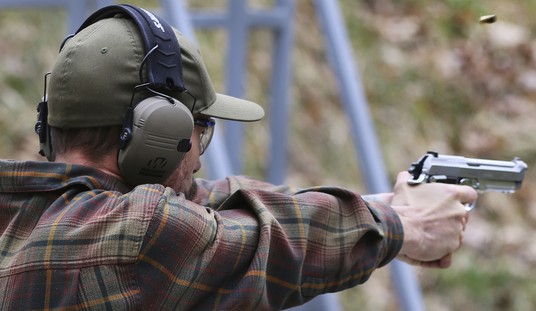- Realize it WILL happen here – This isn’t a paranoid statement: it is a simple unpleasant fact based upon intelligence gathering efforts, expert opinion, and common sense. At some point, it is likely there will be a coordinated, Paris-type attack in the U.S. on schools, shopping malls, sporting events, or other mass-gathering areas. And, don’t think it would happen only in New York, Chicago or Los Angeles because what would be better to create fear (the ultimate goal of terrorist action) than by killing dozens or hundreds of people at a school in rural Mississippi or a shopping mall in Montana?
- Always carry a concealed firearm where legal – Carrying a firearm is a lifestyle habit, not something you should do only occasionally or when you feel it is likely there will be trouble. Odds are, you won’t correctly guess the date, time and place of life-threatening violence. A concealed firearm in the hands of a responsible and trained individual is statistically one of the best tools available to stop mass killings.
- Improvised weapons are within reach – If you cannot or choose not to carry a firearm, there are always effective weapons within your immediate area so learn to use them. Whenever unarmed in a public area, make it a habit (or game) to choose three nearby items that would make a good weapon if things turn dire.
- Know where exits are located – Many people die during all types of emergencies because they don’t know where exits are located. This should be the first thing you do, above all else, whenever situated in a public place.
- Act decisively – The “immediate action drill” during an attack is either fight or flee. Don’t mill around, waiting for instruction or to gain a better idea of what is happening. Flee the area when you have an opportunity or instantly attack a threat if one presents itself. The old chestnut is still true: “To Ponder is to Perish.”
- Be alert to people and unusual circumstances – Most folks wouldn’t see a large pink gorilla wandering down the hallway and certainly won’t see a suspicious individual fiddling with wires under a long trench coat on a hot day. You don’t have to glare at every passerby but simply maintain a loose focus for unusual patterns of activity within your surroundings. This is also known as “Maintaining Condition Yellow.”
- “If you see something, say something.” – Cops everywhere have stories of witnesses who said after a crime, ‘I wasn’t sure what was going on and I didn’t want to make a big deal out of it.’ If you see people or objects that look suspicious, notify the authorities immediately. There is no punishment for being mistaken but there are huge consequences to being correct but not sharing the information.
- There is one more bomb/attack/assailant – Experience has shown that attackers are increasingly planning not only their initially assault, but follow-up actions such as secondary or even tertiary explosives and attackers. Such actions not only increase the “shock and awe” of the incident but cause additional carnage and damage the emergency response system.
- Have a basic understanding of trauma medical care – in the aftermath of a bombing or shooting incident, many people will be bleeding to death and you have two or three minutes to save lives. This means you need to understand mass-casualty triage principals and some basic tactical combat casualty care (TCCC) techniques. Be ready to provide aid such as tourniquets, spinal immobilization and safe patient evacuation from threatening circumstances. (See related article: Stop the Bleed)
- Trust your intuition – If something ‘feels’ dangerous or simply makes you uneasy, trust your inner voices. This inner dialog might be wrong, but then again, you may have subconsciously picked up subtle environmental clues that you “can’t quite put your finger on,” but are real nonetheless. At the very least, move to a safer position or relocate to where you can more easily escape a potential kill zone.
It is not hyperbole to state that we are all now terrorism responders because the avowed goal of Daesh and other such groups is to bring death and destruction to Mainstreet U.S.A. However, with planning and preparation individual citizens can sometimes prevent, often shorten and effectively respond to mass killing incidents.
The “Tango’s” are ready and merely waiting. Are you likewise?








Join the conversation as a VIP Member